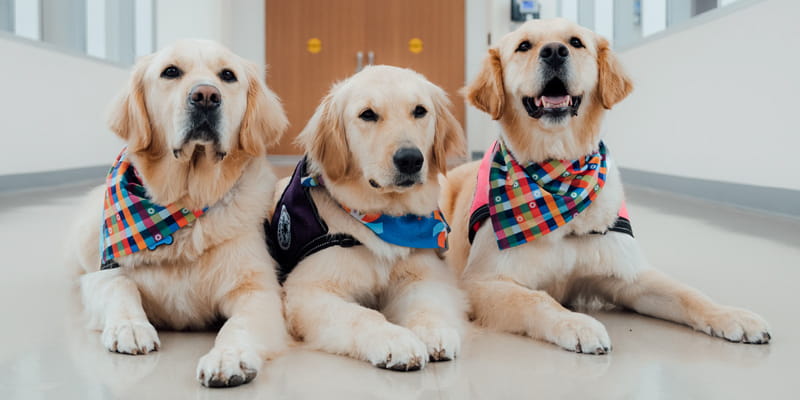
Like many other children’s hospitals, Dayton Children’s Hospital experienced severe increases in patients with suicidal ideation after the pandemic began. Between 2021 and 2023, suicidal ideation was the number one reason for admission to the hospital. With only 24 behavioral health inpatient beds, patients had to be admitted to one of the regular in-patient floors until a bed became available on the behavioral health unit. During one month, 212 kids waited to be admitted to the behavioral health unit.
This reality led to challenges for the patients who needed behavioral health care and for the care team treating the patient. “This is not the right place for these kids who need to be in behavioral health unit. Proper treatment gets delayed, and the patient can become aggressive,” said Kelly Blankenship, DO, associate chief medical officer of behavioral health.
After experiencing a rise in staff injuries and use of restraints, Blankenship and her team developed behavioral health codes: one for escalations, such as refusal to take meds or verbal threat, and one for a crisis, such as destruction of property or physical assault.
Though many hospitals use codes like these for similar cases, one aspect of Dayton Children’s is unique. “We got the idea to bring in dogs,” Blankenship said. “There is a lot of literature saying that canine interventions in different behavioral health treatment is very, very effective.”
Facility dogs help de-escalate situations early, hoping to prevent the need for restraints. Blankenship said violent outbursts are often a response to trauma as anxiety and anger build. Facility dogs in the studies were shown to reduce stress, pain, and anxiety, almost no matter the diagnosis.
At Dayton Children’s, Addie, Millie, and Peppermint—called the Canine Co-Pilots—have helped reduce the use of physical restraints, time in physical restraints, and the use of intramuscular medications.
Behavior experts
The facility dogs are different than therapy dogs, receiving specialized training in behavioral management and de-escalation through a certified service dog agency. Handlers of the facility dogs, who are child life specialists, go through extensive training to learn how to use animal-assisted interventions to encourage patient compliance, emotional regulation, and safe behaviors.
Facility dogs help de-escalate in three main ways:
- Deep pressure by laying on the patient’s lap.
- Sensory stimulation and stress reduction through petting.
- Behavioral disruption through physically nudging the patient.
The facility dogs are present with the child life specialists Monday through Friday. “They have a good life. No overtime hours for them,” Blankenship joked. Off the clock, they live with their handlers.
The team has strict hygiene policies to prevent infection, including wiping paws with sanitation wipes and treating Addie, Millie, and Peppermint to regular professional cleanings.
Results
With the dogs being present during certain hours, the team was able to measure their effectiveness. They measured the use of physical restraints, the use of intramuscular medication, and the time in physical restraints during hours the dogs were present and the hours they weren’t.
These were the results when the dogs were present:
- Odds of physical restraints 71% lower.
- Average time in physical restraints 18.5 minutes lower.
- Odds of medication 37% lower.
Best practices
Blankenship identified several strategies they learned that help the program succeed:
- New staff who have not seen the dogs used this way may get anxious when they see them approach the patient. Continual education and modeling are essential to equipping staff and building their confidence, including practicing mock codes.
- The team uses an aggression screening (DASA) for every patient admitted to the hospital. When high-risk patients are identified, the team will do a pre-visit check with the caregiver and patient to see if the dog will be a source of comfort or stress for the patient.
- Before the child life specialist and facility dog enter a room, the patient must show at least two minutes of safe behavior. During that time the child life specialist may do tricks with the dog at the door to engage the patient in interacting with the dog from a safe distance. Once the patient has shown safe behaviors for more than two minutes, they ask the patient if they would like the dog to enter.
- Child life specialists encourage patients to take medication by allowing them to earn time with the facility dog or having the dogs demonstrate taking medication themselves.
See the Canine CoPilots in action.
Blankenship and Greer's presentation, "Reducing Restraint Use through Canine-Assisted Intervention," was an educational session at CHA's 2024 Transforming Quality Conference.


